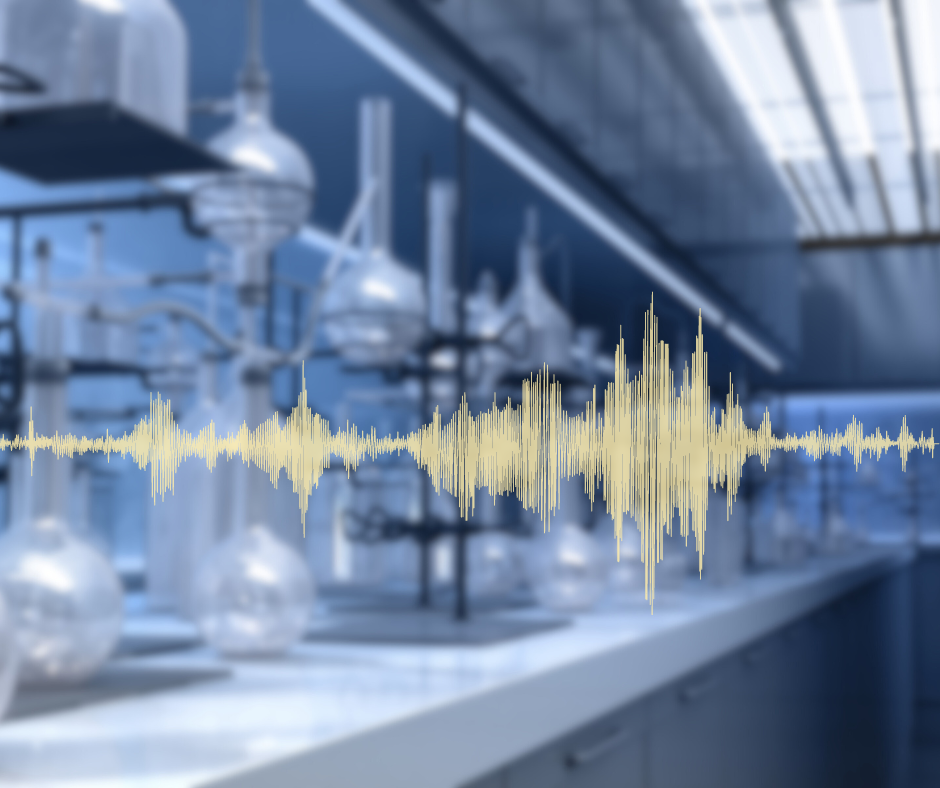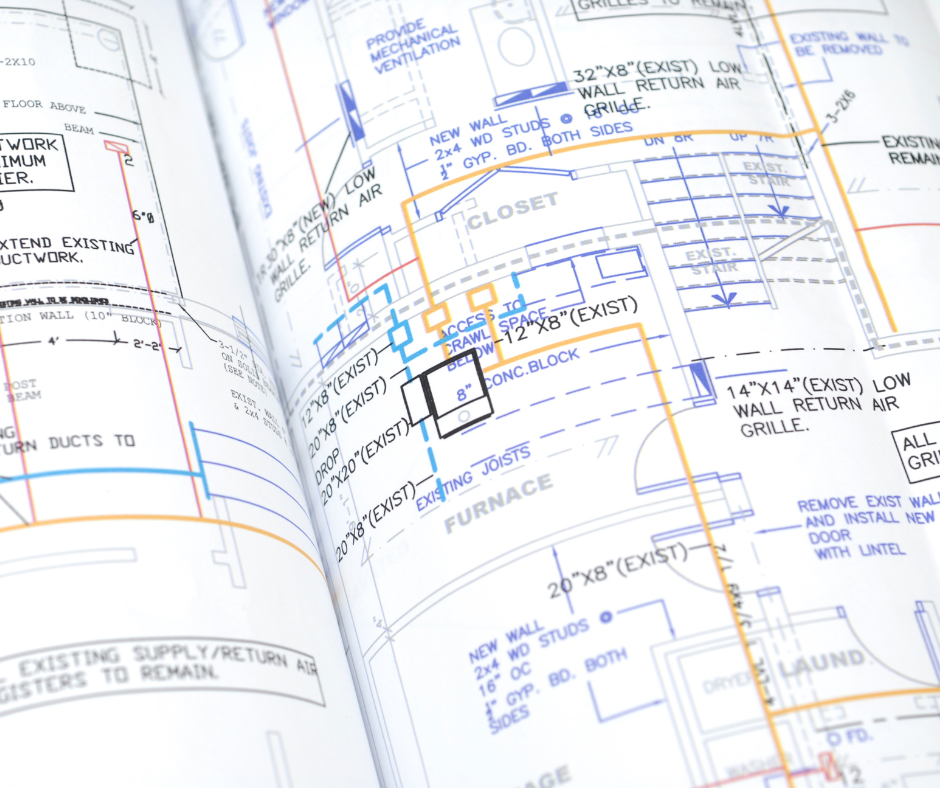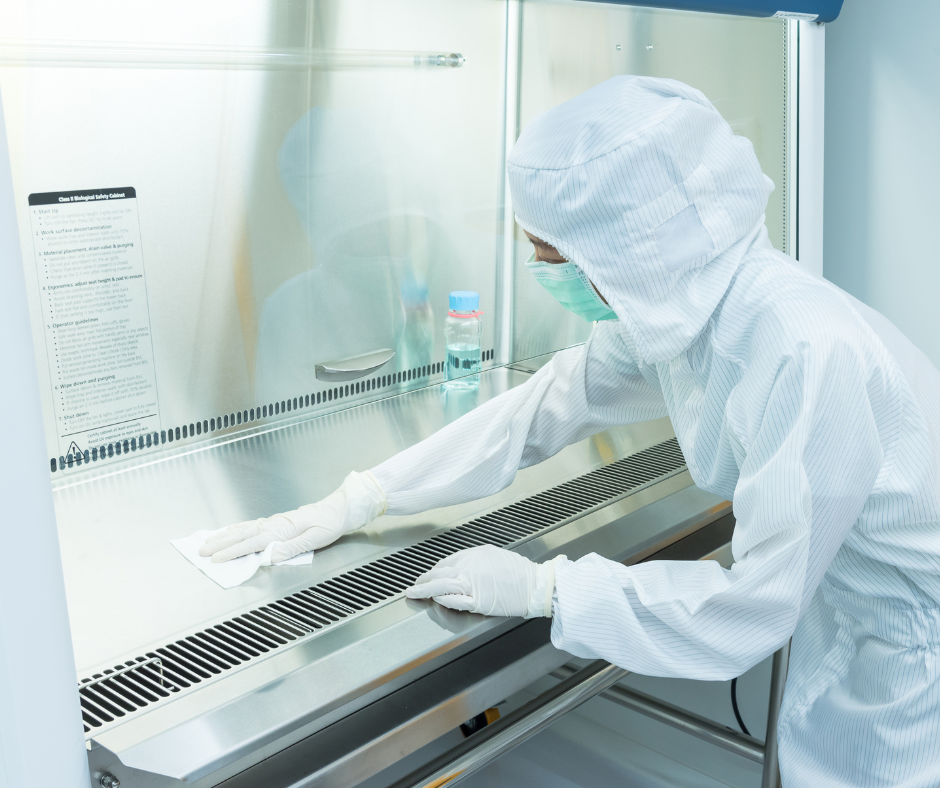Laboratory fume hoods are crucial for maintaining a safe and controlled environment in scientific research facilities. However, the noise generated by fume hoods can often disrupt concentration, hinder communication, and affect the overall well-being of laboratory personnel. By utilizing these comprehensive strategies for effectively reducing noise in laboratory fume hoods, laboratories can create a quieter and more productive workspace for researchers and scientists.

Understanding the Sources of Noise
To effectively address noise in laboratory fume hoods, it is important to understand its primary sources. The noise primarily originates from three main areas: airflow systems, vibrations and mechanical components, and air turbulence. Airflow systems, including fans, blowers, and ductwork, can generate significant noise. Vibrations from mechanical components like exhaust fans, motorized dampers, and sashes can also contribute to noise levels. Additionally, air turbulence caused by improper airflow patterns within the fume hood can create noise due to air resistance and pressure fluctuations.
Proper Fume Hood Selection
Selecting the right fume hood is crucial in minimizing noise levels. Consider the following factors during the selection process:

Noise Ratings: Manufacturers often provide noise ratings for their fume hood products. Look for fume hoods that are specifically designed with noise-reduction features, such as sound-insulated fans and vibration-dampening technologies. These hoods are engineered to minimize noise generation.
Ventilation System Design: Opt for fume hoods that incorporate advanced airflow systems. These systems should feature optimized ductwork layouts,
sound-insulated fans, and vibration-dampening technologies. Well-designed ventilation systems can significantly reduce noise levels.
Sash Design: The sash, or front panel, of the fume hood plays a crucial role in noise reduction. Choose fume hoods with sashes that have a tight seal to minimize air turbulence and subsequent noise. A well-sealed sash reduces the disruptions caused by air movement within the fume hood.
Enclosure Materials: Fume hoods constructed with sound-absorbing materials, such as insulated panels or noise-dampening liners, can significantly reduce noise transmission. These materials absorb and dampen noise, creating a quieter working environment.
Maintenance and Upkeep
Regular maintenance and proper upkeep of fume hoods are essential for noise reduction. The following practices should be implemented:
Filter Replacement: Dirty or clogged filters can impede airflow, resulting in increased noise levels. Regularly inspect and replace filters according to the manufacturer’s guidelines to maintain optimal performance and reduce noise.
Ductwork Inspection: Improperly installed or maintained ductwork can contribute to noise issues. Periodically inspect the ductwork for leaks, loose connections, or obstructions, and promptly address any identified issues.
Lubrication and Alignment: Proper lubrication and alignment of mechanical components within the fume hood, such as exhaust fans and dampers, are crucial. Well-lubricated and properly aligned components ensure smooth operation, minimizing noise caused by friction or misalignment.

Calibration: Periodically calibrate airflow controls and monitoring systems to ensure optimal performance. Well-calibrated systems can minimize turbulence and associated noise.
Noise Reduction Accessories
By integrating certain accessories, laboratories can further reduce noise in fume hoods, ensuring a quieter and more conducive working environment. The following noise reduction accessories are a few examples:
Silencers: Airflow systems often generate noise as air passes through the ductwork. Silencers, or attenuators, can be installed in the ductwork to absorb and reduce noise levels. These devices consist of sound-absorbing materials that dampen noise before it reaches the laboratory space.
Vibration Isolation Mounts: Mechanical components within fume hoods, such as exhaust fans, can generate vibrations that contribute to noise. By using vibration isolation mounts, these vibrations can be minimized, resulting in reduced noise transmission to the surrounding environment. These mounts are designed to absorb and isolate vibrations, ensuring a quieter workspace.
Noise-Reducing Sashes: Upgrading the existing fume hood sashes with noise-reducing options can significantly decrease noise levels. These specialized sashes are designed with noise-absorbing materials or seals to minimize air turbulence and noise generation. By creating a tight seal and reducing air disturbances, noise can be effectively reduced.
Anti-Vibration Pads: Placing anti-vibration pads under the fume hood or its supporting structure can help dampen vibrations and reduce noise transmission. These pads absorb and isolate vibrations, preventing them from propagating throughout the laboratory. By effectively isolating the fume hood from the surrounding surfaces, noise levels can be minimized.
Related: When Is It Time to Upgrade Your Fume Hood?
Employee Awareness and Training
In addition to technical solutions, creating awareness among laboratory personnel is crucial for noise reduction efforts. Consider the following approaches:
Proper Training: Provide comprehensive training on the proper usage and maintenance of fume hoods. Instruct employees on the correct way to open and close the fume hood sash to minimize air turbulence and associated noise.

Noise Control Guidelines: Establish noise control guidelines within the laboratory. Encourage employees to be mindful of their actions and considerate of noise-generating activities that may disturb others. Promote a culture of awareness and cooperation in maintaining a quiet and productive working environment.
Reporting Noise Issues: Encourage laboratory personnel to report any noise-related concerns promptly. Timely reporting allows for the identification and resolution of potential noise sources before they become significant problems.
Foster an open line of communication where employees feel comfortable discussing noise-related issues.
Noise reduction in laboratory fume hoods is crucial for creating a comfortable and productive working environment. By implementing a combination of techniques such as proper fume hood selection, regular maintenance, noise reduction accessories, and employee awareness and training, laboratories can significantly minimize noise disturbances. It is important to consider the specific requirements of your laboratory and consult with experts or manufacturers to determine the most suitable noise reduction strategies. By prioritizing noise reduction, laboratories can enhance the well-being and productivity of laboratory personnel, leading to more accurate research outcomes and an overall improved scientific environment.
National Lab Sales is an Illinois-based company with over two decades of experience. Our mission is simple – we are dedicated to providing our clients with personalized service and innovative design solutions using premiere products. Whether you’re building a new lab or upgrading your existing one, you’ll find a remarkable selection of casework, workstations, fume hoods, and related lab products at National Laboratory Sales. Most of our items can be shipped quickly – in most cases less than two weeks. Contact us today.
